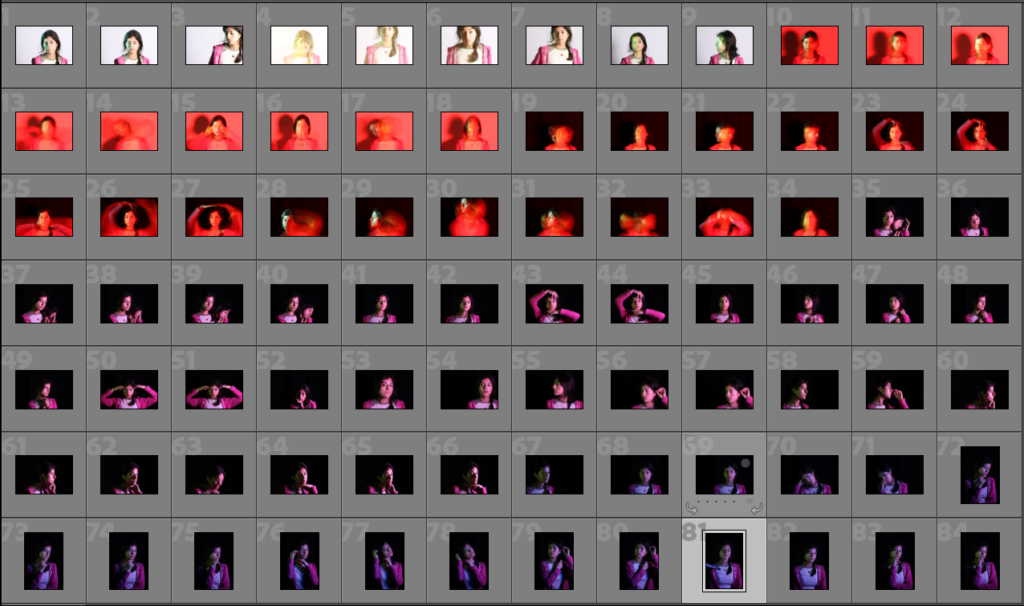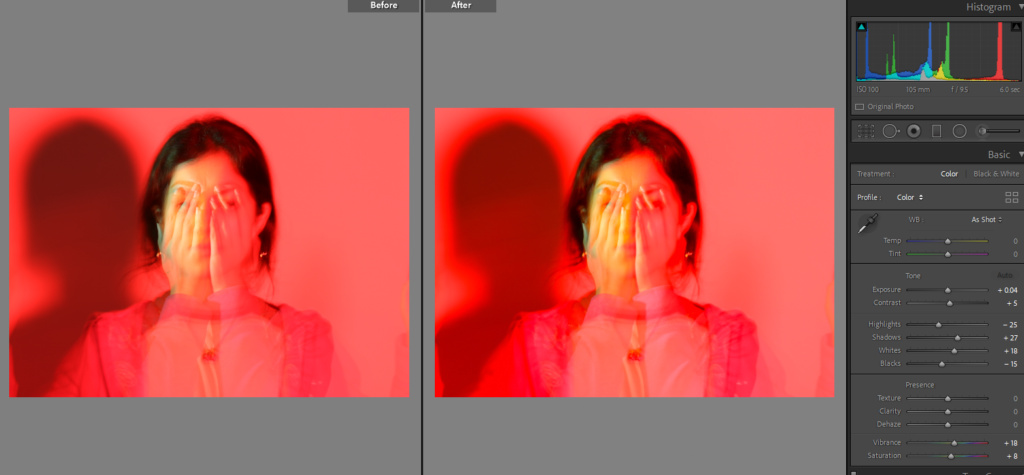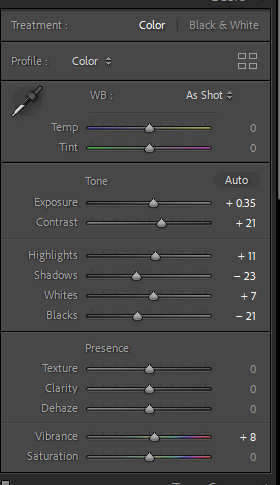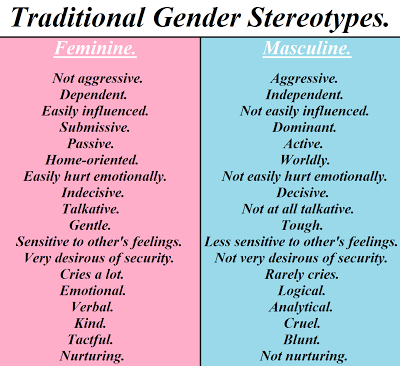





A chemigram is a form of experimental photography that doesn’t require the use of a camera. Instead, it involves the application of chemicals onto photographic paper to create unique and abstract images. The process typically involves coating the paper with a substance that resists the chemical developer, such as wax or oil, and then selectively removing the substance with various tools to create areas that are more or less sensitive to the chemical.
The paper is then developed in the same way as traditional black-and-white photography, resulting in an image that is a combination of chemical reactions and the physical manipulation of the surface. The final piece is often characterised by its unpredictability and a lack of sharp edges or distinct shapes, which gives it a dreamlike and abstract quality. This process offers a lot of creative freedom and is a great way for photographers to experiment with new techniques and mediums to produce unique and visually striking images.
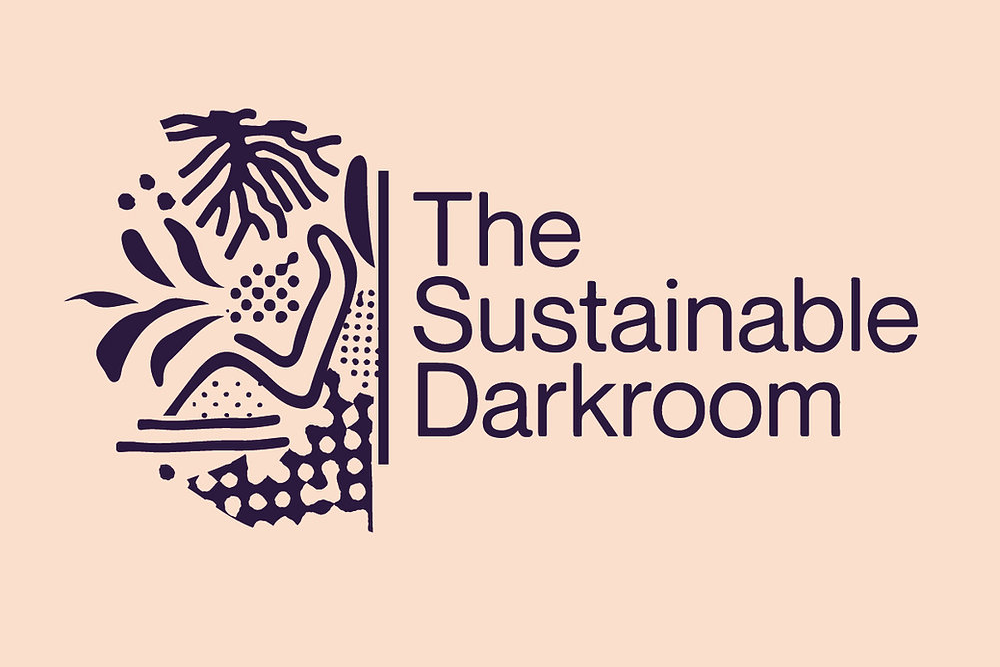

For this trip, we went up to the barracks in Greve de Lecq, St Ouen, to meet with Plant-based photographic artist Hannah Fletcher from the Sustainable Darkroom to learn about how classic photographic processes affect the environment, thanks to the use of caustic chemicals during the development process in darkrooms and the plastics used in the making of standard film.

Hannah took us down to the beach to ‘forage’ for seaweed, which she used to create an environmentally friendly developer to prepare for us later. We collected a few kilograms and it was left to boil in a pot inside the barracks while we foraged for different plants in the woods.
To make the chemigrams, we used various tools such as brushes and pipettes – typically used in science labs to carefully place drops of chemical solutions – making use of different oils and even maple syrup, before placing it into the developer, followed by the chemical fixer (fixes the image to prevent further development). Some people also used the shapes of some of the plants we’d foraged to print more natural shapes onto their chemigrams and they turned out pretty well.
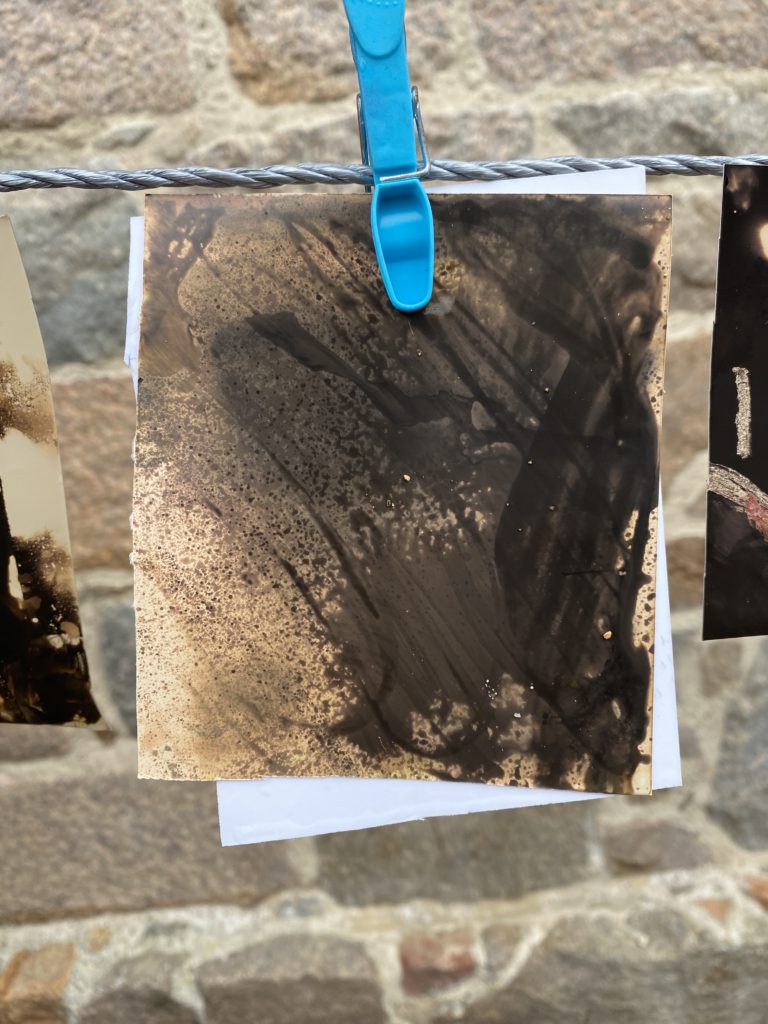

These were two chemigrams that I’d made, the one on the left I did more haphazardly, trying out the different substances and tools that we had at our disposal, whilst the one on the right was composed more carefully, in which I ripped up pieces of masking tape into triangular shapes, which left these unique fractal shapes when the developer seeped into the air pockets left by the tape.
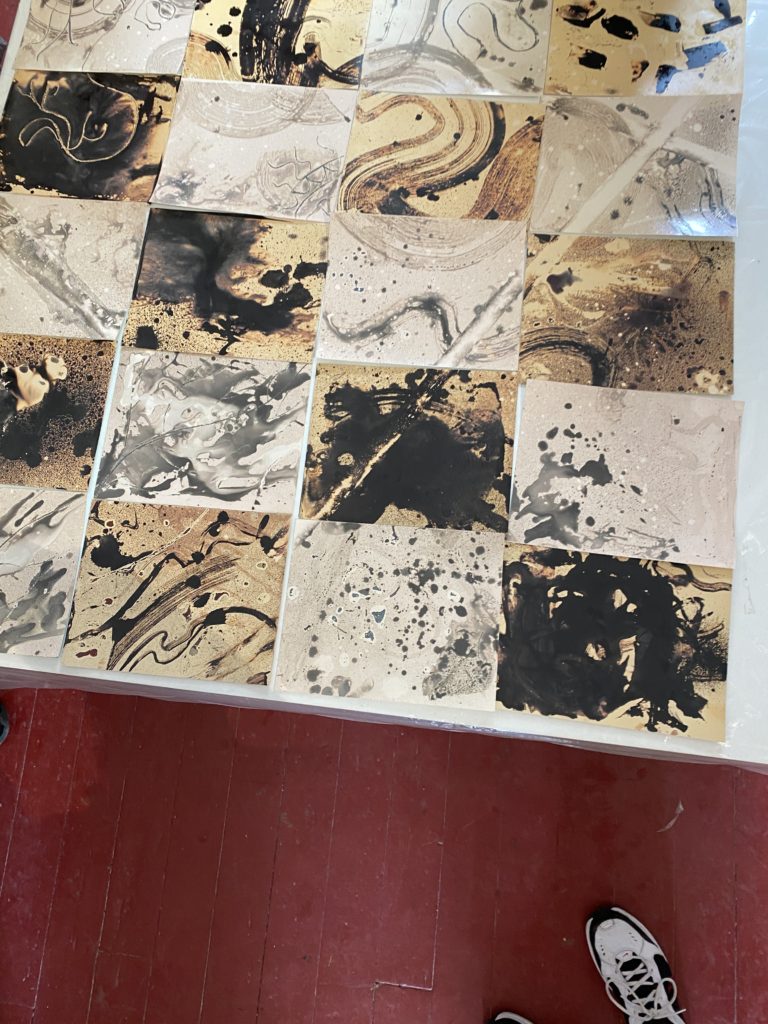
We then, as a group, created this larger chemigram using two different types of photographic paper in a checkerboard pattern. My contribution was spraying most of the right half with a spray bottle full of the developer, which left a nice splatter effect.
Overall, I think this trip was quite successful in the sense that I learned the environmental damage caused by something as simple as photography, and how the damage can be avoided by using local materials and using only what I need. I also learned how to use a new medium that I could use in later projects.


